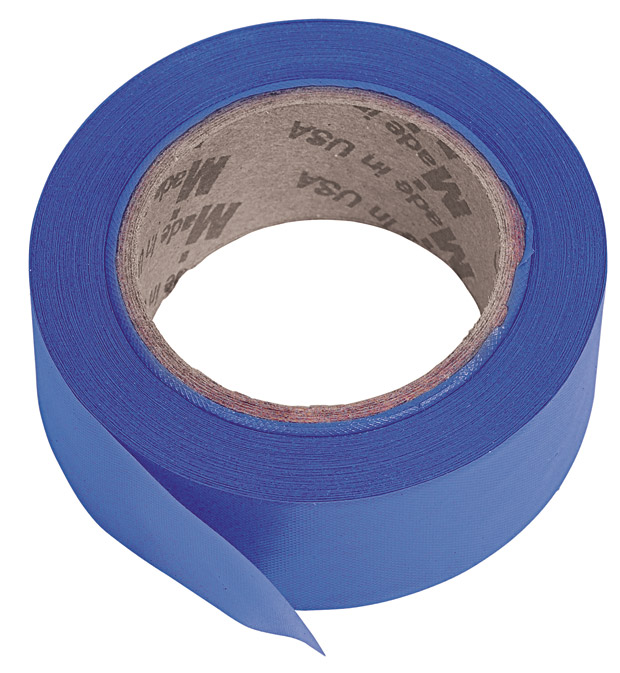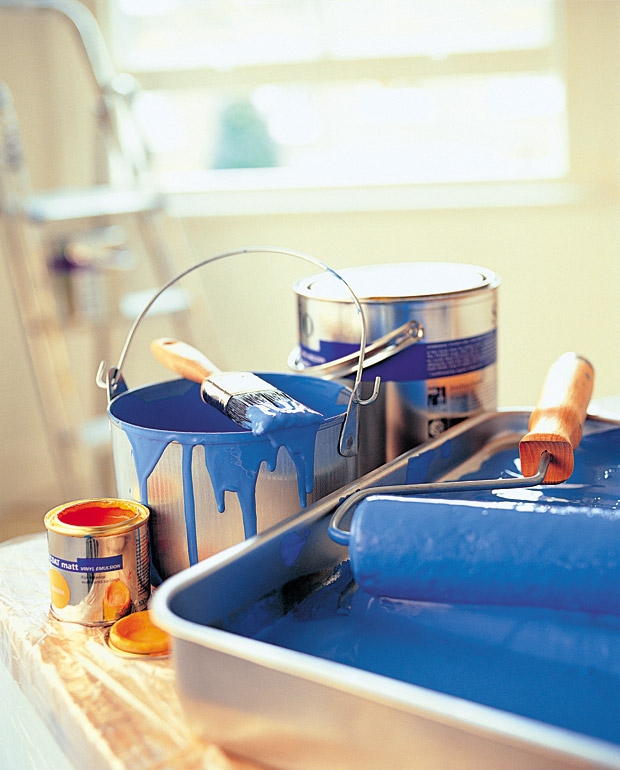‘Brushing up’ on paint methods
The day my husband, Scott, and I got the keys to our new house, we got to work. Among our top priorities were painting the rooms, switching out fixtures, adding ceiling fans and, of course, cleaning and unpacking. I’m happy to report that just a week later we have checked off every item on this list.
It wasn’t until we began painting, however, that I noticed just how differently people choose to go about this task. In discussing with our friends who offered to help, many of them prefer to tape, while Scott and our hired painter chose the cutting in route. There are pros and cons to both strategies:
Taping
Painter’s tape goes on and comes off easily, which is why many people prefer to use it.
You apply it to your trim and you can paint right up to and even on top of the line. There are many different types of tape, so think about your needs when you shop. Some painters swear by traditional tape, while others suggest investing in a tape-plus-plastic combo. This tape allows you to tape off a section and roll out plastic all at once so that it covers a wider area.
Time is the biggest factor, both for and against the taping method. Using tape allows painters to move quickly without worrying that their strokes might be uneven. However, time saved painting is made up for at the front end of your project when you apply the tape in the first place. Use your fingernail to press firmly down as you tape, which will help to prevent seepage later on.
Cutting in
If you opt to cut in rather than tape, invest in a professional quality 2-inch angle brush. Do not skimp on the brush and purchase based on the least expensive option. Cutting in will require patience to ensure you do not drip excess paint on your floors or trim. You will also need a cut bucket, which will help you to get paint out without causing unnecessary drips.
As with taping, the biggest factor here is time. Skipping the tape means you save the crucial time it takes to tape correctly. However, you will still need to take your time as you paint. You must ensure that you keep a steady, straight stroke and don’t make any mistakes. If you do, keep a rag handy so that you can wipe them up immediately.
Have a comment or question for Joanne? Email thefixisin@gmail.com.


